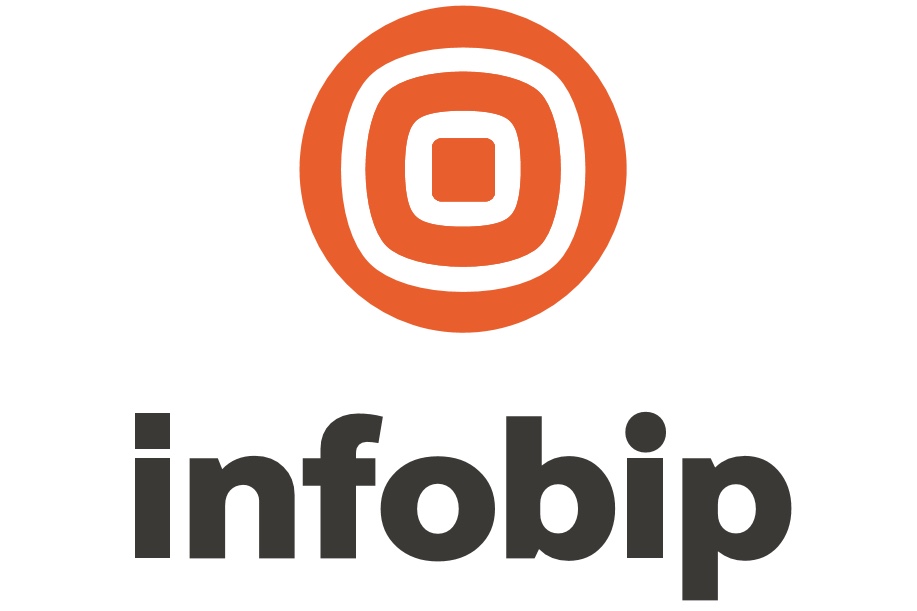TECHNOLOGY MONTH: Contact Centre tech in the rearview mirror and the road ahead
https://contactcentresummit.co.uk/wp-content/uploads/2024/03/contact-centre-tech-tim-van-der-kuip-CPs2X8JYmS8-unsplash.jpg 960 640 Stuart O'Brien Stuart O'Brien https://secure.gravatar.com/avatar/81af0597d5c9bfe2231f1397b411745a?s=96&d=mm&r=gThe past ten years have witnessed a revolution in contact centre management, propelled by rapid advancements in technology. Here’s a glimpse into the key drivers of this transformation, plus what lies ahead…
Transformation in the Past Decade:
-
The Rise of Cloud: The shift from on-premises solutions to cloud-based contact centres has been a defining trend. This shift offers increased scalability, cost-effectiveness, and accessibility, allowing businesses to adapt to changing needs and deploy solutions remotely.
-
AI and Machine Learning (ML): AI and ML have significantly impacted contact centres. Chatbots and virtual assistants now handle routine inquiries, freeing up human agents for complex tasks. Additionally, ML-powered analytics offer valuable insights into customer sentiment, enabling data-driven decision-making.
-
Omnichannel Communication: Customers today expect seamless interaction across channels like voice, email, social media, and chat. Omnichannel contact centres provide a unified experience, regardless of the chosen communication method.
-
Automated Workforce Management (AWFM): AWFM solutions optimize agent scheduling and routing, ensuring efficient resource allocation and reduced wait times. This automation leads to improved customer satisfaction and operational efficiency.
-
Self-service options: Empowering customers with self-service options like knowledge bases, FAQs, and automated self-service portals reduces strain on live agents and empowers customers to find solutions independently.
Looking to the Future:
While the past decade has seen remarkable progress, the future of contact centre management holds even greater promise:
-
Emergence of AI-powered sentiment analysis: AI will go beyond simple chatbots, analyzing voice and text interactions to understand customer sentiment in real-time. This will enable agents to tailor their communication and offer personalized service.
-
Augmented Reality (AR) and Virtual Reality (VR): AR and VR technologies could revolutionize customer support, enabling remote visual assistance or virtual training environments for agents.
-
Greater focus on customer experience (CX): Technology will be harnessed to create personalized, empathetic, and delightful customer experiences, becoming a key differentiator in a competitive market.
-
Increased automation, but with a human touch: While automation will streamline operations, the human element will remain crucial for building trust and handling complex interactions. The future lies in a collaborative approach where technology empowers agents to deliver exceptional service.
The evolution of contact centre technology is now over. By embracing these advancements and remaining agile, businesses can create future-proof contact centres that deliver exceptional customer experiences and remain competitive in the ever-evolving landscape.
Are you searching for contact centre technology solutions for your organisation? The Contact Centre Summit can help!
Photo by Tim van der Kuip on Unsplash












